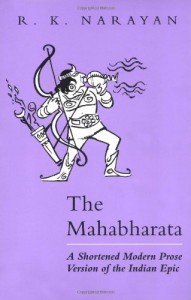A Who's Who of Ancient Egypt
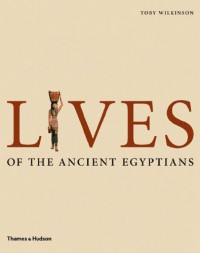
Egypt fascinates me, especially ancient Egypt, really ancient Egypt – the Old and Middle Kingdoms. And Egypt is old. The so-called New Kingdom period ended c. 1069 BC. Several decades before David created Israel and three centuries before Romulus and Remus founded Rome. The time span from Khufu to Cleopatra is greater than that from Cleopatra to us.
Lives of the Ancient Egyptians is a collection of 100 two-to-three-page essays about the men and women of ancient Egypt from those murky beginnings c. 3100 BC to its conquest by Augustus in 31 BC. There are entries for the usual suspects: Khufu, Hatshepsut, Akhenaten, Ptolemy. But the relatively more interesting essays are the ones about the more obscure pharaohs and the less-exalted members of Egyptian society.
The following aren’t the “top 10” but they are a sampling of ones I found of particular interest:
Merneith: Before there was Hatshepsut, there was Merneith, the mother of Egypt’s fifth pharaoh, Den. She ruled as regent while her son was a child and was rewarded by him with a full mortuary complex.
Imhotep: The real Imhotep is a far more fascinating character than the villain of The Mummy movies. There are only two contemporary references to his existence that have survived. The first is an inscription on the base of a statue of Pharaoh Djoser located at the entrance to that ruler’s tomb complex, the Step Pyramid, the one that inspired all the succeeding pyramids. The inscription’s prominence and the fact that it honored someone other than the pharaoh indicate how important Imhotep was at the royal court. The second reference is a graffito on a monument from Djoser’s successor’s tomb complex. Later generations would embellish Imhotep’s life until he became a god of writing, architecture, wisdom and medicine.
Hemira: Hemira was a priestess of Hathor who lived in the Delta (Lower Egypt) during the First Intermediate Period. She staffed a minor temple in a provincial town but I liked the inscription on her tomb. People would come to these tombs and offer sacrifices and such for good fortune, etc., similar to Catholic saint cults. Hemira advertised: “As for all people who will say ‘bread for Hemi in this her tomb,’ I am an effective spirit and will not allow it to go ill with them.”
Intef II: Intef was ruler of the 11th Dynasty who loved his dogs. One of the stelae he erected shows him playing with his dogs Behkai (Gazelle), Abaqer (Hound), Pehtes (Blackie) and Teqru (Kettle).
Hekanakht: Hekanakht was a farmer whose letters to his sons and other family members reveal an anxiety over the proper management of his properties (“Take great care! Watch over my seed corn! Look after all my property! Look, I count you responsible for it. Take great care with all my property!”) and a tangled family life. His first wife died and the relationships between the children of that first marriage and the wife – Iutenhab – and children of the second were tense (“Shall you not respect my new wife?!”).
Twenty-five hundred years or so later, Agatha Christie would use Hekanakht’s troubled domesticity as the basis for her mystery Death Comes As The End.
Merenptah: Merenptah’s reign is noteworthy in some circles because it’s the only time in hieroglyphic texts that Israel is ever mentioned – as one of several cities and tribes defeated by Merenptah.
Paneb: Paneb was no court official or military officer. He was a crook and serial adulterer. A corrupt workman who stole, bribed and blasphemed and, perhaps, committed murder. Unfortunately, though we have a record of the trial where his enemies brought him up on the most serious charges, we have no idea how it turned out. Did he escape justice? Or was maat preserved and he got what he deserved?
Naunakht: Naunakht is another Egyptian woman. Women in Egypt enjoyed a relatively high status in society. They could own property in their own right and controlled their dowries. Naunakht’s children were not suitably grateful for her care and protection when they were young. When she had grown old and needed support, several of them were less than generous: “I brought up these eight servants of yours…But see, I am grown old, and see, they are not looking after me in my turn. Whoever of them has aided me, to him I will give of my property; he who has not given to me, to him I will not give of my property. They shall not participate in the division of my one-third.”
Piye: Most of the time, it was Egypt who sent the troops to chastise, sometimes conquer, Nubia but in the 8th century BC it was the other way around. Piye, the ruler of Kush, took his legions and conquered Thebes, going on to conquer Lower Egypt as well and restoring unity to the country. Far from being a foreign conqueror, however, it seems Piye was “more Egyptian than the Egyptians.” He restored the Amun cult and temples and consciously modeled the regime’s art and propaganda from models of the best remembered and most prestigious former dynasties.
Manetho: Manetho flourished under the first two Ptolemies (late 4th – early 3rd century BC). It is to him that all modern Egyptologists owe the scheme of 31 dynasties and a great deal of knowledge about that ancient land’s history (though all of his works survived second hand, being quoted in other author’s histories).
Wilkinson assumes a general knowledge of ancient Egypt on the reader’s part. If you didn’t recognize any of the “usual suspects” I mentioned above, this is probably not a book that will interest you. However, if you’re like me and do have an interest in the period, then I would recommend this book. I’d also recommend Wilkinson’s The Rise and Fall of Ancient Egypt, which is also geared toward the lay reader and offers a well-written account of the Nile valley’s history over the same period as this book covers.
 1
1


 1
1



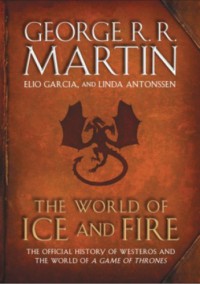

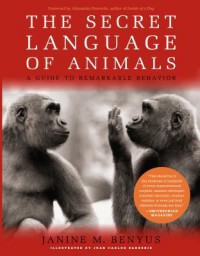
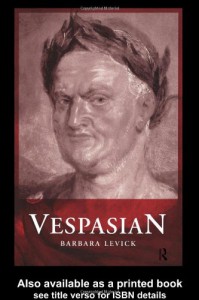

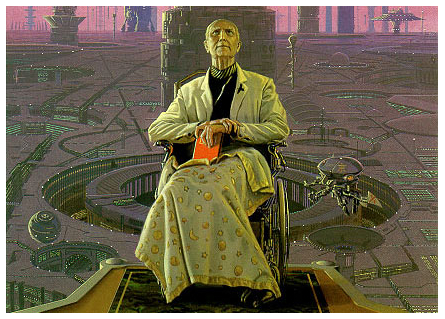

 1
1


